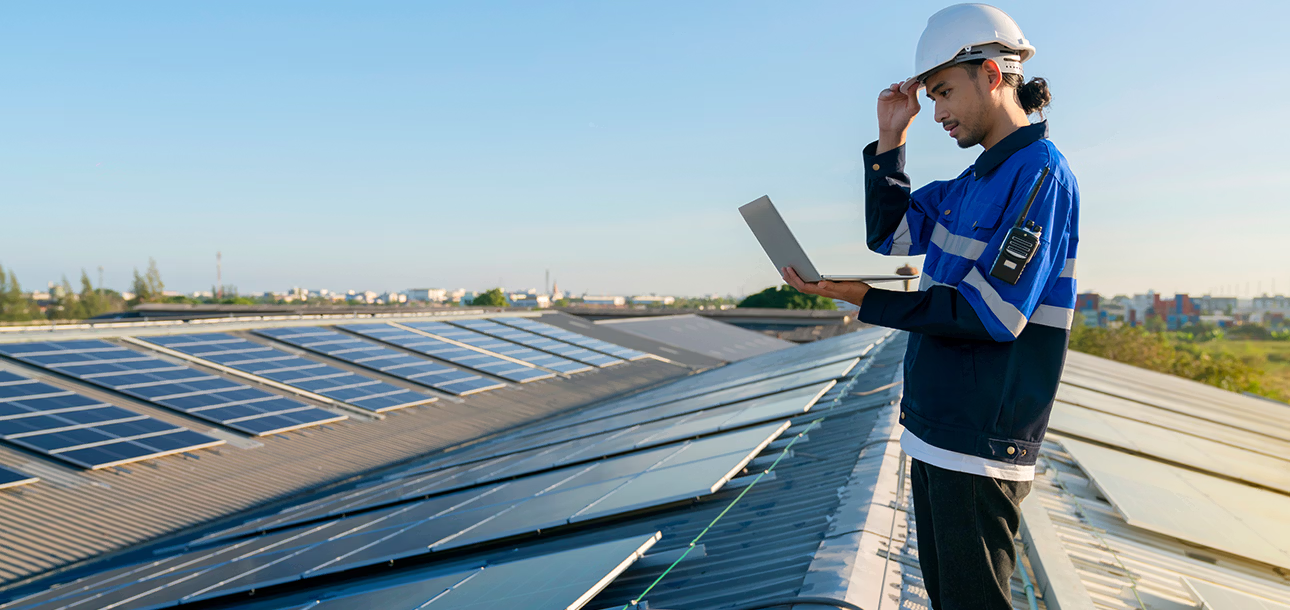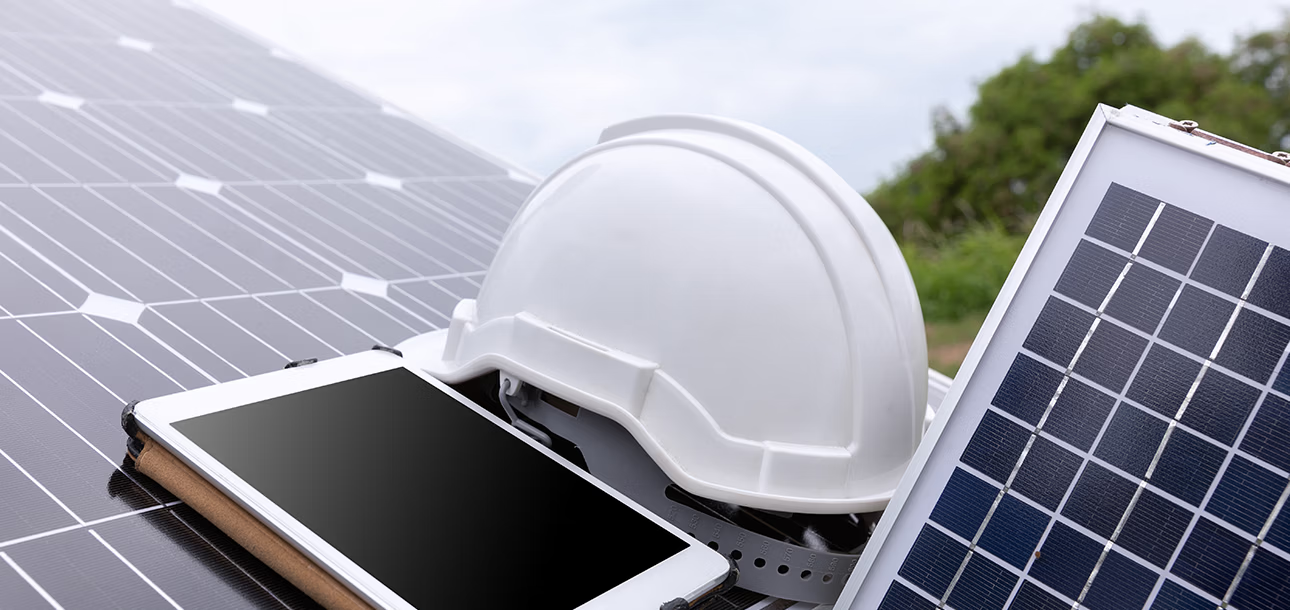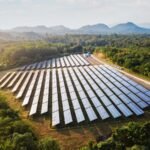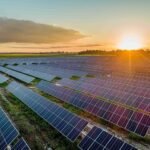The global transition to clean energy is accelerating, and off-grid solar solutions are at the center of this shift. Unlike traditional power systems, off-grid projects bring electricity to remote communities, industrial sites, and emerging economies. For investors, these projects not only deliver strong returns but also measurable social and environmental impact.
Why Metrics Matter in Green Investment
At Steelbridge Export, we emphasize that knowing the right green investment metrics is crucial to balancing profitability with sustainability. Investors who track the right data points can maximize ROI while contributing to the global energy transition.
Understanding Off-Grid Solar in the Investment Context
Off-grid solar refers to photovoltaic systems that operate independently from national grids. These systems are essential in regions where electrification is limited or unreliable. From rural villages to mining operations, off-grid solutions are reshaping global energy distribution.
For investors, this sector offers:
High growth potential due to rising demand in emerging markets.
Strong ESG alignment that attracts institutional investors.
Stable cash flows from long-term service contracts and microgrid models.
 Key Green Investment Metrics for Off-Grid Solar Projects
Key Green Investment Metrics for Off-Grid Solar Projects
Investors must evaluate off-grid solar projects using tailored financial and sustainability metrics:
Internal Rate of Return (IRR)
Measures long-term profitability of the project.
Critical for comparing solar investments against traditional infrastructure assets.
Levelized Cost of Energy (LCOE)
Average cost per unit of electricity generated over the system’s lifetime.
Lower LCOE indicates efficient off-grid solar systems.
Payback Period
Time required to recover initial capital investment.
Shorter payback periods are attractive for private equity investors.
Carbon Offset Value
Tons of CO₂ avoided compared to fossil fuels.
Increasingly important for ESG reporting and green bond eligibility.
Energy Access Impact
Number of households, businesses, or communities served.
A vital social metric for off-grid solar investors seeking long-term sustainable impact.
The Dual Value of Off-Grid Solar: Profit and Purpose
Off-grid solar investments uniquely combine financial stability with social returns. By tracking both financial metrics (ROI, IRR) and impact metrics (carbon reduction, electrification rates), investors gain a full picture of value creation.
This dual focus makes off-grid solar one of the most compelling opportunities in the clean energy sector, particularly for institutional investors, private equity funds, and impact-driven portfolios.
Challenges and Risk Considerations
While off-grid solar offers robust opportunities, investors must manage risks such as:
Regulatory Uncertainty – Shifting government incentives and tariffs.
Technology Risk – Battery storage performance and maintenance challenges.
Market Adoption Risk – Affordability for rural households in low-income regions.
Currency Fluctuations – Especially in emerging markets where off-grid solar is most in demand.
Risk-adjusted financing models and insurance solutions can help mitigate these challenges.
 Future Outlook: Off-Grid Solar as a Core Green Asset Class
Future Outlook: Off-Grid Solar as a Core Green Asset Class
By 2030, off-grid solar is expected to power hundreds of millions of people worldwide. With advancements in battery storage and decreasing costs of PV panels, these projects will become more scalable and bankable.
For investors seeking to align with green investment strategies, off-grid solar provides both a hedge against fossil fuel volatility and a pathway to measurable ESG performance.
Looking to evaluate off-grid solar investments with the right green metrics? Partner with Steelbridge Export and explore how your capital can drive both profits and sustainable impact.
FAQs
- 1. Why is off-grid solar important for investors?
It offers high growth potential, measurable ESG benefits, and reliable long-term revenue streams. - 2. What is the most important metric for off-grid solar investment?
Internal Rate of Return (IRR) and LCOE are the primary benchmarks, but carbon offset and social impact are increasingly vital. - 3. How do off-grid solar projects create social impact?
By providing electricity to communities and industries in remote regions where grid access is limited. - 4. What risks exist in off-grid solar investments?
Technology reliability, regulatory shifts, and financing challenges in emerging markets. - 5. Is off-grid solar a profitable long-term investment?
Yes—falling costs of solar technology, strong ESG alignment, and rising demand make it a secure green asset.




 Key Green Investment Metrics for Off-Grid Solar Projects
Key Green Investment Metrics for Off-Grid Solar Projects Future Outlook: Off-Grid Solar as a Core Green Asset Class
Future Outlook: Off-Grid Solar as a Core Green Asset Class



